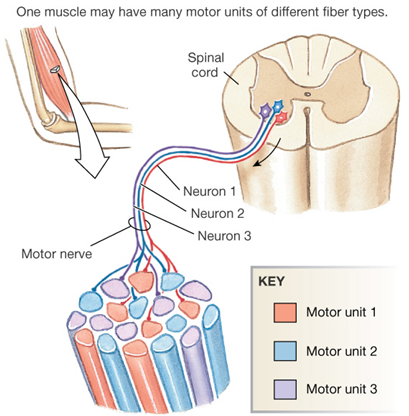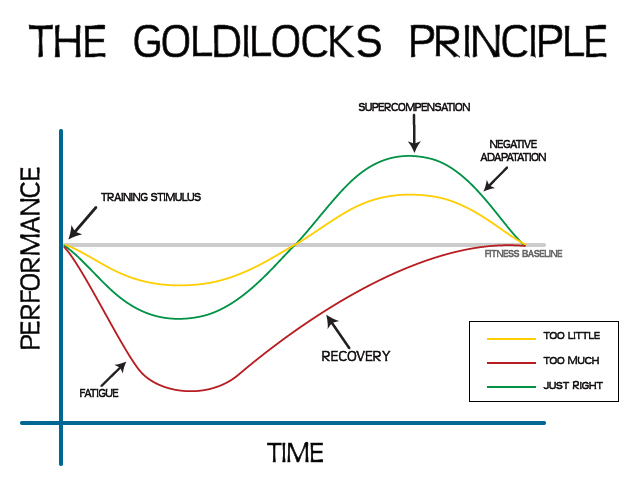Ahhh how exciting, my first blog post as a coach at SAPT. I’ve got my cup of coffee, The Best Around playing on loop and I’ll be doing hip mobilities throughout writing this blog entry. Why? Because The Best Around was originally supposed to be for a Rocky III montage, but was replaced by Eye of the Tiger and I think Joe Esposito deserves more credit for the inspiration it brings…. Why am I doing the hip mobilities every 30 minutes while at a desk? Easy, because I want to squat later. Mobility: A Prerequisite to Lifting Heavy Weights
If you’re reading this blog, then it’s obvious you want to get strong, build muscle, and improve fitness in each and everyone of your workouts. You’re the type of person who sees exercises like deficit deadlifts, deep squats and overhead presses and gets as giddy as a little schoolgirl at the thought of trying it in your next workout. You look up the technique, take a few mental notes, begin with light weight for a warm-up, and then finally drop butt-to-heels into that heavy squat.
But what happened? You thought you would drive up out of the hole like superman initiating his flight takeoff, but instead you feel your lower back light up like Iron Man’s arc reactor.
You didn’t check your mobility prerequisites for that exercise did you?
Position is Power
Every exercise requires a certain degree of mobility in particular joints in order to execute the movement safely. If the mobility is not there, then the body will look for a way around it to accomplish that movement. By doing this you are putting yourself into a compromised position, and what’s worse is that if you’re doing it with training, you are reinforcing a compromised motor pattern. Practice doesn’t make perfect; practice makes permanent.
Not only are you actually weaker in these compromised positions, but you are more likely to injure yourself. This needs to be fixed before you can get strong. You can only squat so much weight with a Hyena Butt. You must work on gaining enough mobility to get into whatever position a given exercise/movement requires, WITHOUT compromise, and then you can become strong.
I’m sure you’re probably wishing I’d just shut up and tell you how to get mobile, right? Well too bad! Because first it is more important to understand WHAT needs to be mobile.
Understanding Mobility
Joint mobility is the degree to which a joint can move through a range of motion. When a joint becomes less mobile, it becomes more stable as it can’t move. (Note: Stability is not a bad thing! You just need it in the right places.)
Though it’s not black and white, many of our joints are meant to be mobile while others are stable. Sometimes, due to activities (or lack thereof) in our daily life, injuries or even the shoes we wear, joints that should be mobile become stable and throw off our body’s movements. When these joints that should be mobile are then locked down, joints that are stable then become mobile to compensate for the lost motion. This relationship is constant throughout the entire body and it’s the reason you will see lots of errors in movements that can’t be fixed with simple queues.
The Joint-by-Joint Approach outlines this mobility-stability relationship between the joints and how it could affect movement. Essentially it conveys that the following joints need more mobility or stability:
Arch of Foot – Stability
Ankle- Mobility
Knee- Stability
Hips- Mobility
Lumbar spine- Stability
Thoracic spine- Mobility
Scapula- Stability
Gleno-humeral(shoulder) joint- Mobility
Does anyone else see the pattern here? Our body alternates the needs of our joints from head to toe. So what do you think happens if one of these is thrown off? Then the pattern is broken and they all get thrown off to some extent. If someone is flat footed, they will probably have poor foot stability and it will cause their feet to collapse in movement. This results in a loss of ankle mobility over time, and their knees will almost always cave in when they squat. The reason for this is because their knees are now looking for mobility. The same can be true for losing stability. Lets say Yoga Sue starts stretching out her lower back more and more because she’s been having back pain. By creating more mobility in her lumbar spine through stretching, she is reinforcing her body to move through her lower back rather than hips and will eventually lose hip mobility. I’ll touch more on the stability component in my next post.
If the stability/mobility pattern is thrown off, then it will compromise your movements and thus jeopardize the intended benefits of lifting heavy things and your training sessions will look like poop.
Fix It!
So I’m sure you’ve spent the past few minutes form checking your squat depth in a mirror and are now begging for the answer of how to become a mobility master. Have patience grasshopper; first you must find your weakness.
Step 1. Find your limiting factor
This step will most likely need a coach or knowledgable training partner. You must determine what joint is immobile and causing the issue in your movement. You can use a movement screen for this or you can informally just breakdown the movement to see when the poop hits the fan.
Step 2. Determine WHY it’s your limiting factor
Joints can become immobile for several reasons. More often then not it is because your joint is stuck in one position for a long period of time due to your lifestyle. If you find this to be the culprit you’re going to need to make some changes before you can start seeing results. You may have to stop wearing those 5 inch heels or you may have to start getting up and walking from your desk every 20 minutes.
Sometimes a joint can become immobile due to overuse in a certain range of motion. You will see this a lot in runners or any other athlete that goes through repetitive motion. If this were the finding, you would just go straight to step 3.
Occasionally you may find that a joint is immobile because it is protecting something. This will take a more educated diagnosis, but if that is the case, then DO NOT MOBILIZE IT. If muscles aren’t firing right or there is a structural issue causing instability, the body’s natural response is to lock that joint down to keep it from being unstable and causing more damage.
Step 3. Soft Tissue Work
You now know what’s immobile and why. You’re about to start training, now it’s time to mobilize it. Foam rolling is one of the fastest ways to increase mobility of a certain joint. Simply roll on the muscles that influence that joint and try to workout the super-happy-fun knots you find. If you’re new to this use a foam roller, if you’re one bad dude, try a PVC pipe or lax balls. If it’s your thoracic spine, try using a t-spine peanut.
Step 4. Mobilities
You’re going to have to lengthen the tissues holding down the joint at some point. I find it most effective to do in the warm up, right after foam rolling and even throw a few into the workouts. If it’s pre or intra-workout, then you will want to use dynamic movements to accomplish this. Otherwise feel free to do the good ol’ fashioned static holds.
Step 5. Activate
If you take one thing away from this process, I want it to be this: Mobility will not stick, unless stability is created somewhere else. If you’re trying to loosen up your hip flexors, do some glute work after you stretch them. If you’re trying to improve ankle mobility, do some dorsiflexion exercises after you stretch the calf. If you’re trying to improve adductor length, do some core stabilization exercises right after loosening up the adductors. I think you get the picture.
Step 6. Use It
In order to keep your joints mobile, you must consistently use the full range of motion in them when you train. This means going to full depth in a squat, locking out that deadlift and overhead press and really grinding the lateral lunges. If you want to get fancy with it, you can even use exercises that are known for creating excessive range of motion like Bulgarian split squats, windmills and arm bars. Whatever you decide to do, don’t cheat yourself and use the full range.
Step 7. Dominate
If you consistently follow the previous steps, you should be in a good position to rip some weight off the floor. Some issues will take longer to fix then others, but be religious with your mobility work and it will pay off to help you feel and perform better.



